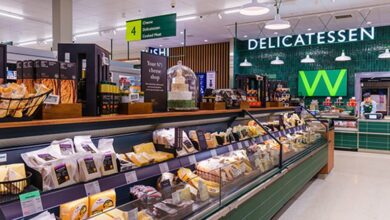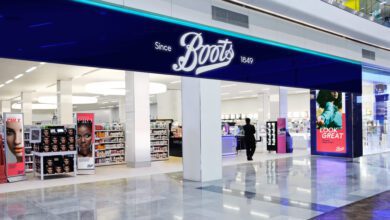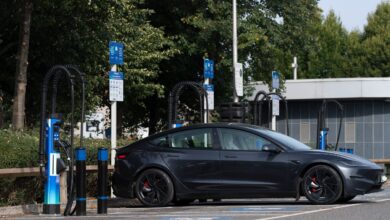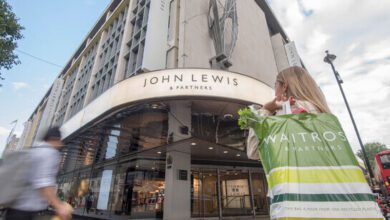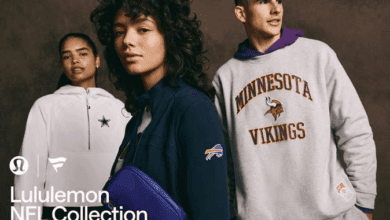The rise of loyalty schemes in the retail sector

Register to get 1 free article
Reveal the article below by registering for our email newsletter.
Want unlimited access? View Plans
Already have an account? Sign in
E-vouchers are increasing in popularity. While at a relatively steady pace, the sector has grown 10% over the past two years. Hawk Incentives recently published The Loyalty Evolution Report which looked at customer loyalty and what’s driving it.
Currently a massive 82% of Brits subscribe to at least one loyalty programme. And, 62% of people consider themselves to be brand loyal. Contrary to previous studies which have painted younger shoppers as fickle, the Hawk report reveals that Gen Z’ers, X’ennials and Millennials say they stay faithful to the brands they like or love. Indeed 77%of 25-34 year olds claim to be brand loyal and 70% of 18-24 year olds and 34-44 year olds.
But what drives brand loyalty – and is this changing? Consumers are more likely to be loyal to the brands with incentive schemes that relate to pleasure over brands that are more functional.
Millennials and Gen Z’ers have definitely made a difference to the way brands are offering incentives. These digital natives, born with technology baked into their lives, interact with brands in a totally different way to previous generations who were the digital immigrants.
Gone are the days where consumers put all their faith, trust and investment into one brand. Indeed, today, our expectations seem to be that brands should reward us and go that extra mile almost as a hygiene factor.
As we head towards marketing and relationship management in 2020, companies must take a long hard look at the role and relevance of their loyalty/engagement schemes and initiatives. Are they fit for purpose? Are they relevant? Are they working for the good of the brand as much as the good of the customer?
But what’s in it for brands? Well, the quick redemption or instant redemption recognises the value of your reward – there is no point offering something that no one wants. And what’s more, the immediate analytics of redemption – allows brands to understand customers interests and lifestyles – which in turn enables you to integrate this into other communication themes or messages.
A recently simple mechanic created by Hawk Incentives trialling a customer e-voucher saw a return on investment of 30% uplift in sales over a four-week period.
John Lewis and Waitrose avoid going above the line with heavy discounting as it devalues its proposition, so therefore it derived a campaign where John Lewis Partners could use its own vouchers to drive loyalty and repeat spend.
The trial proved that this type of campaign will influence the behaviour of the customer to make to make the purchase in the first instance. Due to the success of this trial it ran another similar campaign across home/fashion and electrics
Peter Dando, director business development, Hawk Incentives


